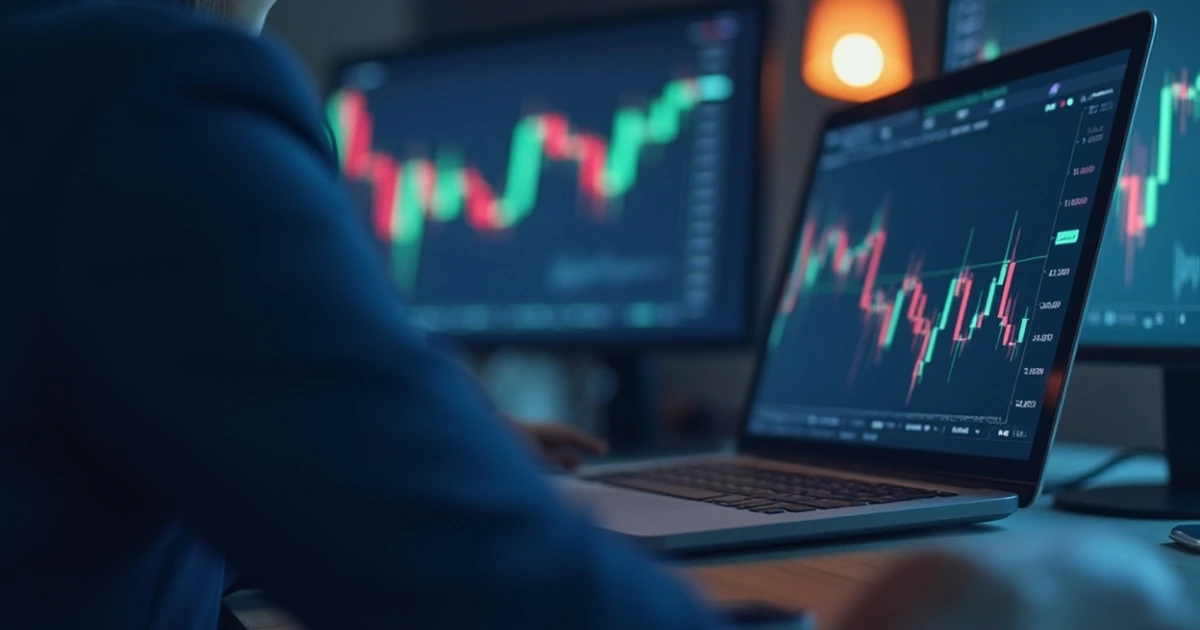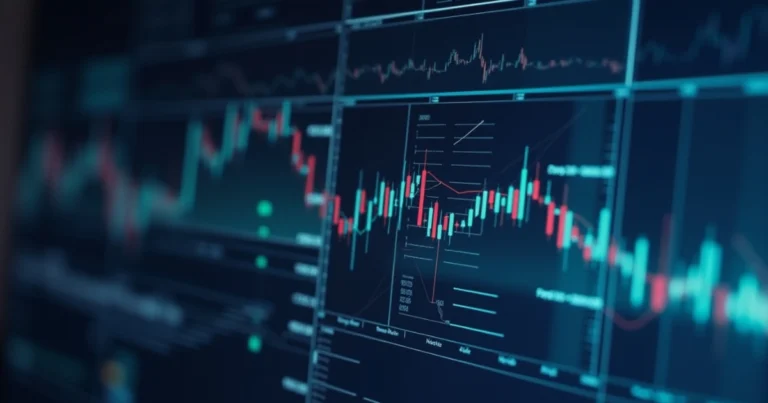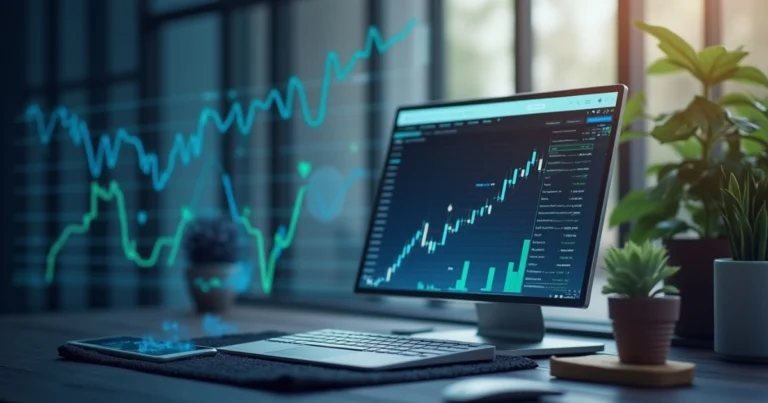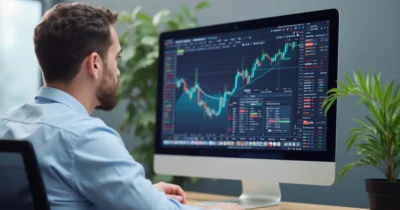When diving into the world of forex trading, one of the first and most crucial decisions you will make is selecting the best platform for forex trading. With countless platforms available, the sheer number of choices can be overwhelming, and the wrong decision can set you back on your journey to financial success. The right platform will not only offer a seamless and intuitive experience but also ensure your trades are executed efficiently and securely.
The best platform for forex trading does more than just enable trades—it becomes your trusted partner in navigating the complexities of the market. Whether you’re a beginner or a seasoned trader, your platform should offer the necessary tools and features to analyze trends, test strategies, and execute trades with precision. A reliable platform also protects your data and finances, providing peace of mind amidst the volatility of forex trading.
In this article, 5 Tips to Choose the Best Platform for Forex Trading, we will guide you through the essential factors to consider before making your choice. From evaluating security measures to understanding fees, these tips will help you identify the platform that best aligns with your trading goals and risk tolerance. By following these guidelines, you’ll be well on your way to finding the best platform for forex trading and setting yourself up for a successful trading experience.
Table of Contents
Why Selecting the Best Platform for Forex Trading Is Important

Entering the forex trading world can feel like standing at the edge of a vast ocean, filled with opportunities yet teeming with risks. With thousands of platforms competing for your attention, selecting the best platform for forex trading isn’t just about convenience—it’s about building the foundation of your trading success.
The platform you choose directly impacts your experience, your ability to make informed decisions, and ultimately your profitability. From accessible tools to secure transactions, the right platform acts as your trusted partner on this financial journey. Let’s break down the five essential tips to guide your decision.
1. Assess User-Friendliness and Interface Design
When it comes to trading, ease of use can make all the difference. Whether you’re a beginner or a seasoned trader, navigating a complicated or cluttered interface can lead to costly mistakes. The best platform for forex trading should feel intuitive and provide you with everything you need at your fingertips.
Key Features to Look For:
- Intuitive Navigation: Menus and tools should be easy to locate and use.
- Customizable Dashboards: Adjust your workspace to match your trading preferences.
- Responsive Design: Smooth functionality across both desktop and mobile devices.
Imagine a platform where you can execute trades within seconds, even during peak market activity. That’s the kind of efficiency that empowers you to stay ahead in this fast-paced market. Studies show that traders using streamlined platforms report higher satisfaction and fewer errors. Make use of demo accounts provided by platforms to experience their usability firsthand.
2. Evaluate Platform Security and Regulation
Your hard-earned money deserves protection. With cyber threats on the rise, platform security is non-negotiable. Choosing the best platform for forex trading not only ensures compliance with legal standards but also protects you from potential scams.
What to Look For:
- Regulation: Check if the platform is licensed by reputable regulatory bodies like:
- Financial Conduct Authority (FCA)
- Australian Securities and Investments Commission (ASIC)
- Cyprus Securities and Exchange Commission (CySEC)
- Encryption: Ensure the platform uses SSL encryption to secure your data.
- Authentication: Two-factor authentication (2FA) adds an extra layer of protection to keep your account secure.
Always verify the legitimacy of a platform’s regulatory claims by cross-referencing their license number on the official regulator’s website. Trading on the best platform for forex trading allows you to focus on strategy rather than worrying about vulnerabilities.
3. Analyze Fees and Commissions
Every trader knows that fees can eat into profits. That’s why understanding the cost structure of a forex trading platform is crucial. Not all platforms are transparent about their charges, so it’s essential to dig deeper.
Common Costs:
- Spreads: Spreads refer to the difference between the price at which you can buy an asset and the price at which you can sell it. Look for platforms with tight spreads.
- Commissions: Some platforms charge a flat fee per trade.
- Hidden Fees: These can include withdrawal charges, inactivity fees, or account maintenance costs.
For example, a platform with low spreads but high commissions might not be the best deal for frequent traders. Use demo accounts to evaluate how these fees impact your trading performance. Remember, a slightly higher upfront cost can sometimes be worth it for better tools and features.
4. Explore Available Trading Tools and Resources
Forex trading is a game of strategy, and the tools available on your platform can give you a significant edge. Whether you’re analyzing trends or testing new strategies, having access to comprehensive resources is invaluable.
Must-Have Features:
- Analytical Tools: Real-time charts, technical indicators, and market news.
- Advanced Capabilities: Automated trading, copy trading, and API integrations for algorithmic strategies.
- Educational Resources: Tutorials, webinars, and community forums to build your knowledge.
A great platform not only facilitates trading but also empowers you to grow as a trader. For beginners, platforms with built-in learning modules are especially beneficial, while seasoned traders may value advanced functionalities like Expert Advisors (EAs) for automated trading.
5. Check Customer Support and Reviews
Even the best platforms encounter glitches or issues from time to time. That’s when responsive and reliable customer support becomes invaluable. A platform that prioritizes its users’ needs demonstrates its commitment to your success.
Key Considerations:
- Support Channels: Look for platforms offering 24/7 support via live chat, email, and phone.
- User Reviews: Read testimonials to gauge real-world experiences.
- Resolution Time: Quick responses to queries or issues are a must.
Platforms with excellent customer support are like having a safety net. If something goes wrong, you’ll have peace of mind knowing help is just a call or message away.
FAQ
What is the most important factor when selecting a forex trading platform?
The most critical factor is security and regulation. A regulated platform ensures your funds and data are protected, giving you the confidence to trade without unnecessary risks.
Are demo accounts essential when choosing a platform?
Yes, demo accounts are vital for testing a platform’s features, usability, and fee structure. They provide a risk-free environment to evaluate if the platform meets your needs.
Can I switch trading platforms later if I choose the wrong one?
Absolutely. While switching platforms is possible, it can be time-consuming and may involve transferring funds. That’s why it’s best to thoroughly evaluate platforms before committing.
How can I verify if a platform is regulated?
Check the platform’s website for its regulatory license and cross-verify it on the official website of the regulatory body.
Conclusion
Choosing the best forex trading platform isn’t just a technical decision; it’s a step toward financial empowerment. By focusing on user-friendliness, security, cost-effectiveness, tools, and support, you’re setting yourself up for success. Take the time to explore your options, test demo accounts, and read reviews.







